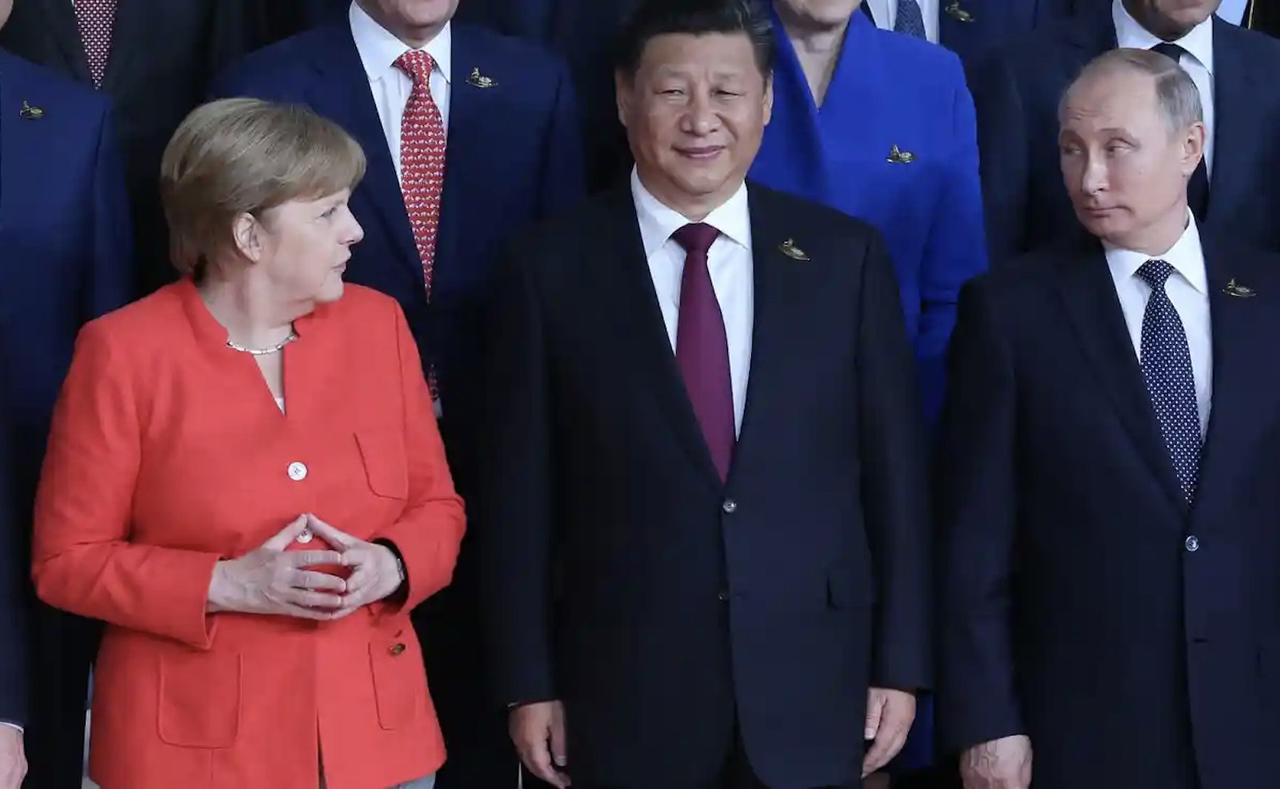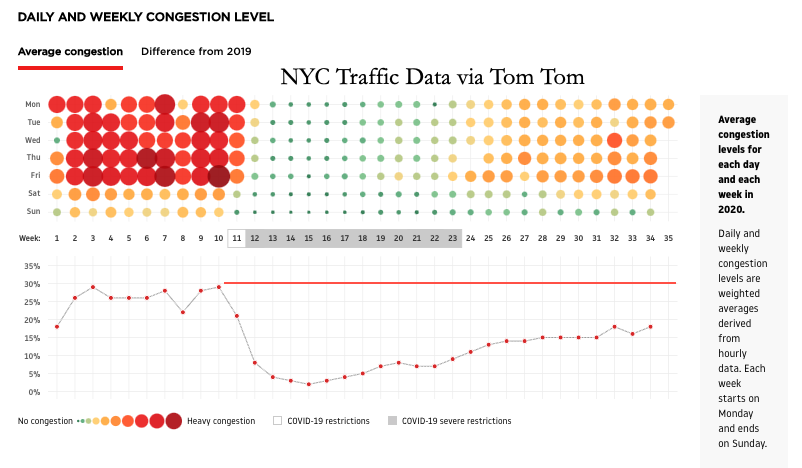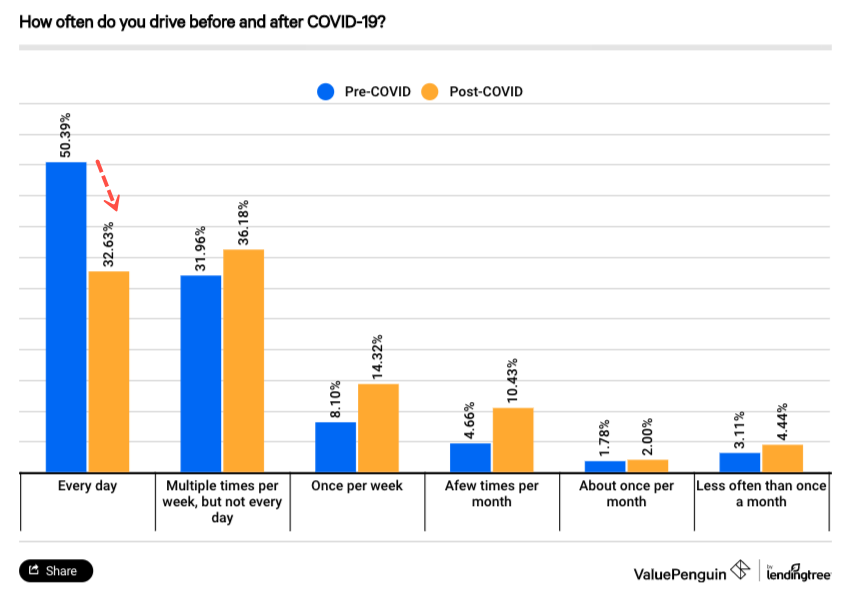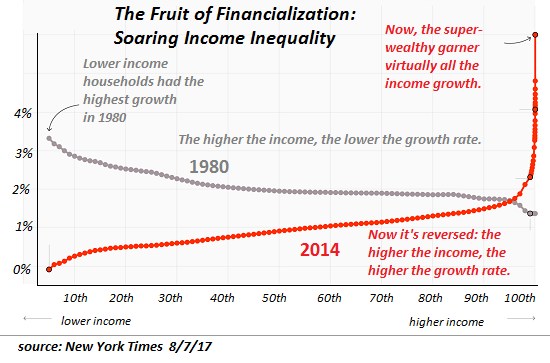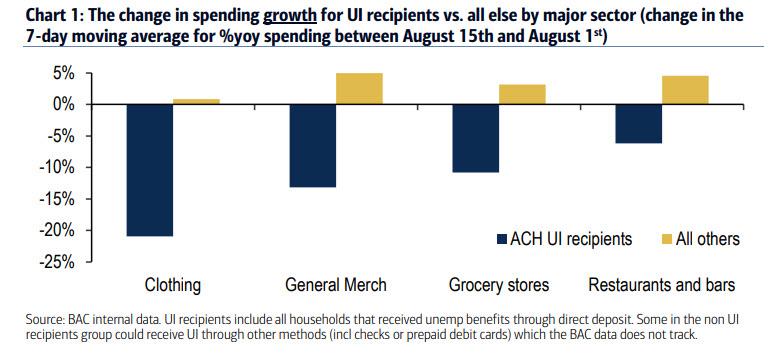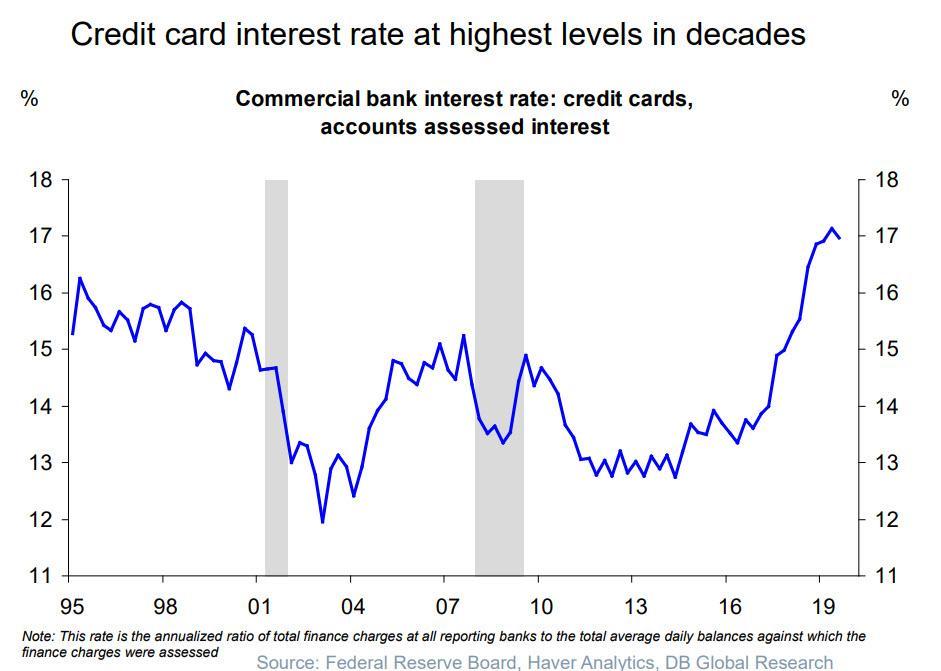The WEF Clarion Call: A Breakdown Of “The Great Reset”
Tyler Durden
Thu, 08/27/2020 – 23:45
Last month I posted an article that looked at the World Economic Forum as the institution behind ‘The Great Reset‘ agenda that was launched in June. One of the main themes of the article was the WEF’s ‘Strategic Intelligence platform’, which the organisation describe as ‘a dynamic system of contextual intelligence that enables users to trace relationships and interdependencies between issues, supporting more informed decision-making‘.
As I made reference to, Strategic Intelligence is the mechanism which brings all the interests that the WEF focus on together. This includes specific countries and industries, as well as global issues like Covid-19 and the Fourth Industrial Revolution.
When you look into Strategic Intelligence, one aspect to it that quickly becomes apparent is how each global issue and industry intertwines with one another. For instance, Covid-19 is a strand of ‘The Great Reset‘ and vice versa. What this does is create the impression that only a collectivised approach incorporating all ‘stakeholders‘ has the capacity to deal with crises on a global scale. The WEF is built upon the belief that nations and corporations must be interdependent and seek to remedy the world’s problems through the medium of global institutions.
So it is little surprise then that the WEF have devised through their Strategic Intelligence platform ‘The Great Reset‘. What this entails can be catagorised into two parts. First are the seven leading objectives for achieving the reset. In no particular order these are:
-
Shaping the Economic Recovery
-
Harnessing the Fourth Industrial Revolution
-
Strengthening Regional Development
-
Revitalizing Global Cooperation
-
Developing Sustainable Business Models
-
Restoring the Health of the Environment
-
Redesigning Social Contracts, Skills and Jobs
Next comes a mix of global issues and industries woven into ‘The Great Reset‘ agenda. At last count there were over fifty areas that make up the reset. These include:
Blockchain; Digital Identity; Internet Governance; Development Finance; Sustainable Development; Future of Health and Healthcare; Global Governance; Financial and Monetary Systems; Public Finance and Social Protection; Climate Change; Drones; 5G; The Ocean; Banking and Capital Markets; Aviation, Travel and Tourism; International Trade and Investment; Covid-19; Biodiversity; Cities and Urbanization; Leadership in the 4IR; Geo-economics; Global Health; International Security; Geopolitics; Future of Food; Air Pollution; 3D Printing; Batteries; Circular Economy; Future of Mobility; Human Rights; Gender Parity; Taxation; Future of Media, Entertainment and Culture; Digital Economy and New Value Creation; Fourth Industrial Revolution; Future of Economic Progress; Workforce and Employment; Agile Governance; Global Risks; Advanced Manufacturing and Production; Environment and Natural Resource Security; Plastics and the Environment; Corporate Governance; Forests; Justice and Law; Civic Participation; LGBTI Inclusion; Inclusive Design; Future of Computing; Artificial Intelligence and Robotics; Systemic Racism
As mentioned, all these subjects intermix throughout Strategic Intelligence. The distinction comes in the fact that the World Economic Forum have identified ‘The Great Reset‘ as the one issue that can bind all these other areas of concern together to try and bring about an economic and societal ‘new world order‘. So much so that when announcing the initiative in June, the WEF confirmed that the reset will be the theme of its annual Davos meeting in Switzerland come January 2021. In previous years the WEF have only published details of an upcoming theme a few weeks before the meeting takes place. This time, however, they have given over six months notice, which suggests the level of significance that the WEF have placed on ‘The Great Reset‘.
Having ascertained the seven main objectives and the plethora of industries and issues tied to them, let’s now get a sense of the motivations behind the reset from those who are calling for it.
The Founder and Executive Chairman of the institution, Klaus Schwab, and the IMF Managing Director, Kristalina Georgieva, are two of the most prominent voices.
Beginning with Schwab, in articles posted on the WEF website (Now is the time for a ‘great reset’ and COVID-19’s legacy: This is how to get the Great Reset right) and during several interviews that can be found on the WEF’s Youtube channel, Schwab summarises why he considers an economic, societal, geopolitical, environmental and technological reset to be essential.
From Schwab’s perspective, there are numerous reasons why a Great Reset should be pursued, but Covid-19 is the most urgent of them all. Not only has the virus demonstrated that existing systems are no longer fit for purpose, it has also ‘accelerated our transition into the age of the Fourth Industrial Revolution‘. For those unfamiliar with the Fourth Industrial Revolution, this was a concept that the World Economic Forum led with for their 2016 Davos meeting. Back in 2018 I published a brief overview of 4IR which can be found here.
With systems not suited to the 21st century, Schwab spoke of the urgency to ‘restore a functioning system of smart global cooperation structured to address the challenges of the next 50 years.’ To achieve this, all stakeholders of global society will have to be integrated into a ‘community of common interest, purpose and action‘. No one, it seems, is permitted to be left behind. We go as one, as a collective, whether an individual likes it or not. Every country will need to take part. Every industry must be transformed. This, according to Schwab, will signify a Great Reset of capitalism and a new era of prosperity.
But what if all stakeholders don’t band together behind the initiative? In Schwab’s view, to be dis-united ‘will lead to more polarisation, nationalism, racism, increased social unrest and conflicts‘. In short, a greater level of chaos and degradation of systems, leaving the world more fragile and less sustainable.
Schwab has insisted that to avoid this scenario, minor changes will not suffice. Instead, ‘entirely new foundations for our economic and social systems‘ must be built. Covid-19, therefore, is an ‘historical moment to shape the system for a post Corona era.’ It is an opportunity that Schwab says must not be missed.
Schwab went further a few weeks after the Great Reset was launched. As many are aware, using crisis as an opportunity to bring about major economic and societal change is a notorious strategy of global planners. And every so often some of those planners suggest as much. According to Schwab, ‘acute crises favour introspection and foster the potential for transformation‘. The Prince of Wales, who fully endorses the Great Reset, said something similar in that ‘unprecedented shockwaves of crisis may make people more receptive to bigger visions of change‘.
This begs the question – does the same level of potential for change exist without the onset of crises? To a small extent, perhaps, but more likely is that until a population is faced with a threat or danger that they believe risks being detrimental to them personally, the motivation to act and call for reform is not as urgent. Minds need to be concentrated on the seeming disaster at hand before sufficient support can be gained for the policies that global planners seek.
And if minds can be concentrated, then as Schwab points out, ‘a new world could emerge, the contours of which it is incumbent on us to re-imagine and to re-draw‘.
Many of the policies that global figureheads desire are within the purview of the the Fourth Industrial Revolution, which Schwab and his ilk have been promoting as essential since the back end of 2015. Now a global crisis of sufficient magnitude has presented an opening to further the goals of the global elite. Did this happen by coincidence or by design? Truthfully, no one can say for sure. Whilst the World Economic Forum were part of a pandemic simulation exercise a few months before the world entered into a live pandemic, this is not incontrovertible evidence of what some are now referring to as a ‘plandemic‘.
When the Great Reset agenda was unveiled, one of the other leading proponents was IMF Managing Director Kristalina Georgieva. She declared it of ‘paramount importance‘ that a future return to economic growth must encompass a ‘greener, smarter and fairer world‘. There is no need to wait, said Georgieva. The world must act now.
One of the most important takeaways from Georgieva’s intervention was her admission that ‘the digital economy is the big winner of this crisis‘. We have seen this already through the exponential growth in central banks discussing the issuance of their own digital currencies and using Covid-19 as a reason to reinforce calls for a new global economic ‘architecture‘.
In a speech to Italy’s National Consultation in June (Italy, Europe and the Global Recovery in 2021), Georgieva said that Covid-19 ‘may have accelerated the digital transformation by two or three years‘. The unproven fear of cash being a transmitter of the virus, along with people relying on contactless payments and online transactions, have no doubt contributed to her outlook.
Georgieva’s focus is on ‘the economy of tomorrow‘, which is reason enough for her that the ‘economy of yesterday‘ should be consigned to history. Entirely new foundations are required, not a rework of the failed systems of old. If it sounds like Georgieva and Schwab are reading from the same script, I would suggest that they are.
Georgieva believes that 2021 is a make or break year for the Great Reset. Either the world chooses more cooperation or more fragmentation. According to her, ‘this is the moment to decide that history will look back on this as the Great Reset, not the Great Reversal‘.
As you might have guessed, ‘the most important anchor of recovery‘ is for a Covid-19 vaccination, which Georgieva hopes will be available at scale by 2021.
The implication is that without a vaccine the world will be unable to return to any sense of normality, particularly in terms of open interaction with your fellow man. Only with a vaccine and supplementary treatments can there be a ‘fully fledged recovery‘.
To support the drive for a Great Reset, in July Klaus Schwab co-wrote a book with Thierry Malleret (who founded the Global Risk Network at the World Economic Forum) called ‘Covid-19: The Great Reset‘. In a follow up article I will be looking at some aspects to the book, and also will make an argument for why the idea of a ‘Great Reversal‘ might not be as detrimental to global planners as the likes of Kristalina Georgieva make out.
via ZeroHedge News https://ift.tt/3hDOgzP Tyler Durden


